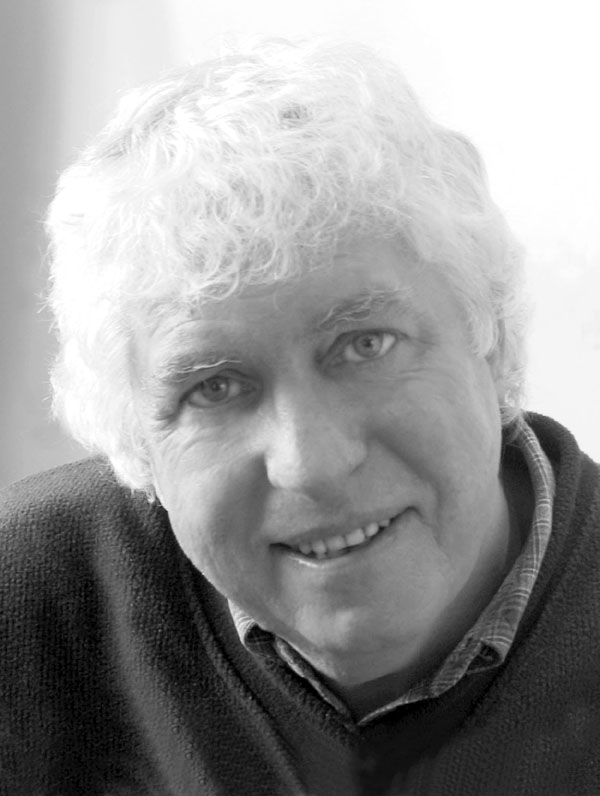There is lots of rhetoric around about some big event being planned for our health care system called “transformation”. At Queen’s Park, they even set up a “Transformation Secretariat” which, over the past 10 months, has set up 37 local integrated health service partnerships called “Health Links” — each with an approved Business Plan that sets out the agreed-upon outcomes (bottom-line results) for which the “lead partner” will be held accountable for achieving by their LHIN.
The truth about “complex, adaptive, human systems”, like the health care sector, is that until and unless we build the internal capacity for transformation in our senior and middle managers — and in physicians and front-line staff — there will be no actual transformation. Just a lot of rhetoric.
The people in our organizations who worry about things like “skills for transformation” are called Organizational Development Departments — often found somewhere in the basement of the HR Department.
There are wonderful examples of highly strategic capacity-building programs in many leading hospitals and several CCACs in Ontario. The Association of Ontario Health Centres even has an office for “Capacity-Building” for their members.
Having worked in the transformation capacity-building field in the health care sector for over 20 years, I have had the opportunity to witness/participate in breakthrough performance improvements that were the product of strategic investments in building the internal capacity of the organization to transform itself.
Yes. You can use many of the same tools and processes in each Health Link — but the sequence, the approach, and the results, will always be unique and different. One-size does not fit-all.
Best practices for successful transformation suggest that organizations, or systems of organizations, ought to invest one to five per cent of their payroll budget on internal/intact team learning-by-doing, just-in-time capacity-building programs.
The most effective capacity-building programs are those in which the CEO plays a lead role in the capacity-building process. Bonnie Adamson, CEO of London Health Sciences Centre, for example, took her entire 300-person senior/middle managers through an 18-month, 12-day Leadership Development Dialogue focused on leading transformation. At North Bay General Hospital, over the past year or so, their CEO, Paul Heinrich took his organization on a Lean Thinking/Quality Learning journey.
Within the Health Link partners, there will be several Organizational Development Specialists. Chances are that each health service provider (HSP) uses different “frameworks” and “different” language for talking about, planning for, and implementing change. Language for the same Balanced Scorecard tool can mean completely different things in different HSPs.
Much to the apparent bewilderment of the “one-size-fits-all” approach to capacity-building, each and every Health Link will be absolutely different from each other. There will also be deep corporate memories about what worked, and what didn’t work in previous big change initiatives. As any transformation practitioner will tell you, those historical memories must be accounted for in any bottom-up transformation capacity-building efforts that are undertaken.
The CEO of the “lead partner” for each Health Link ought to get agreement from the CEO group to call a meeting of all the organization development (OD) departments to explore and compare lessons learned, and to determine the most appropriate common language and frameworks for the Health Link Partners. People also need to stop being so tool-focused on this journey. If all you know is, how to use a hammer, pretty soon most things will begin to look like a nail.
While the IDEAS program from Intermountain Health Care in Utah has some useful quality tools that can be helpful to your organization, and to your Health Link, a capacity-building program from a “bottom-up perspective”, starts with finding out where each of the partners are on their individual learning journey — and then determining how best to move forward.
In the adult learning business, that’s called meeting the learners where they are. You don’t give grade eight math tests to grade three students, or grade three tests to grade 12 students.
The thing to remember is that each Health Link will be at a different stage of health system transformation. As they say, ‘when you’ve seen one Health Link, you’ve seen one Health Link’. So, a centralized, one-size-fits-all skills development program, can’t possibly respond in a way that meets their actual learning needs.
This is the same principle as being patient-centred and people-centred. Learning programs need to wrap themselves around the idiosyncratic realities of each unique combination of organizational memory/wisdom/experience. Top-down, “one-size-fits-all”, centralized training is certainly not sufficient, if you want to succeed. We also need “bottom-up” and customized learning experiences — using the same tools and frameworks, where appropriate.
However, while each of the Health Links in a LHIN could use common tools – like a Health Link-Level Balanced Scorecard, or Patient Experience Design Storyboarding – they would look very different in each one.
If a CEO has decided to lead a transformation of their organization, and to participate as a highly collaborative partner in their Health Link, they should think about having the OD Team report directly to the CEO — and shift the CEO’s role into developmental facilitation — providing highly visible leadership — for a full-day Management Dialogue Workshops each month. This morphs the role of the CEO/Adaptive leader into a developmental facilitator/teacher role.
That’s the challenge for health care leaders over the next few years. Some key solutions are in the field of organizational development – a key strategic driver for transformation.




